Is Covid back on the rise? The ONS survey shows increasing prevalence in England and Northern Ireland, with ‘uncertain’ results in Wales and Scotland. Scotland’s prevalence (2.4 per cent have the virus, according to the ONS) is almost double anywhere else. Hospitalisations are rising too: up 17 per cent since last week – though two-thirds are incidental (ie in hospital for other reasons).
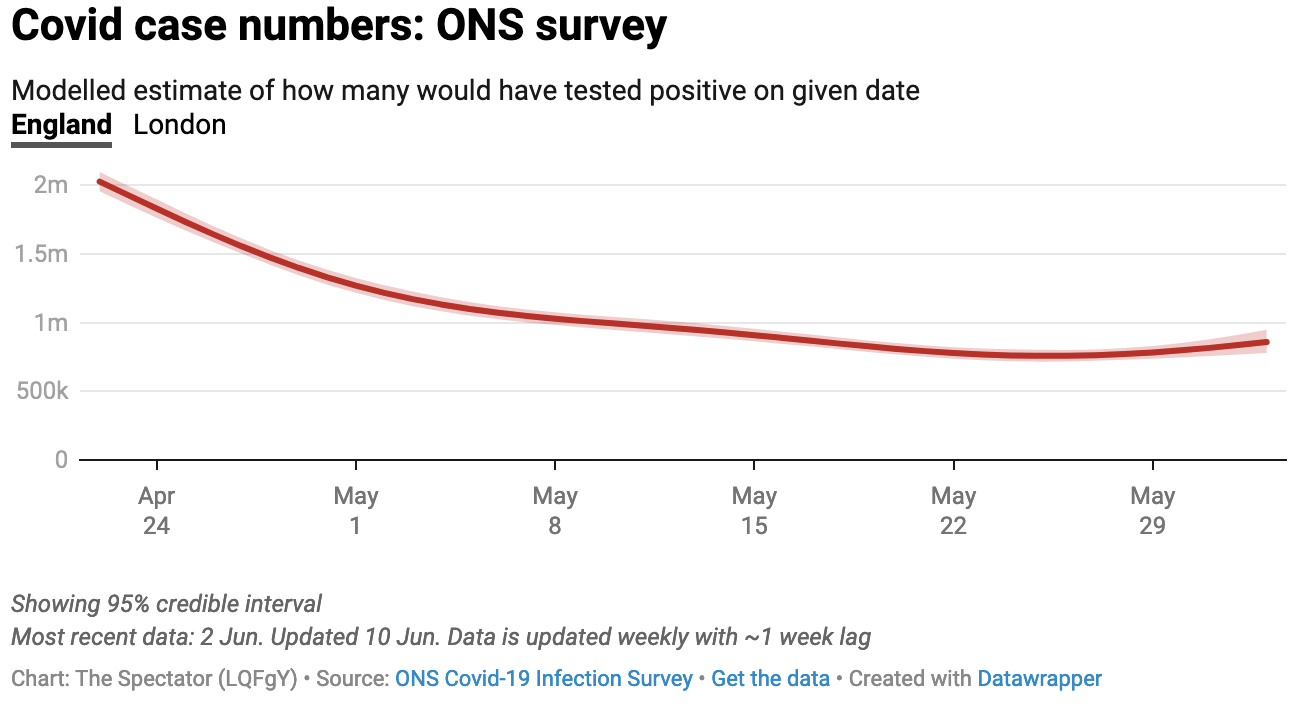
So is this a new Covid wave? ‘Early signs that Covid may be rising’, says the BBC. But to those following the data closely, the uptick has been expected for some time – as the natural side-effect of a new variant. It is not, in and of itself, cause for alarm. Omicron is still mutating: and now the sub-variants BA.4 and BA.5 have taken over.
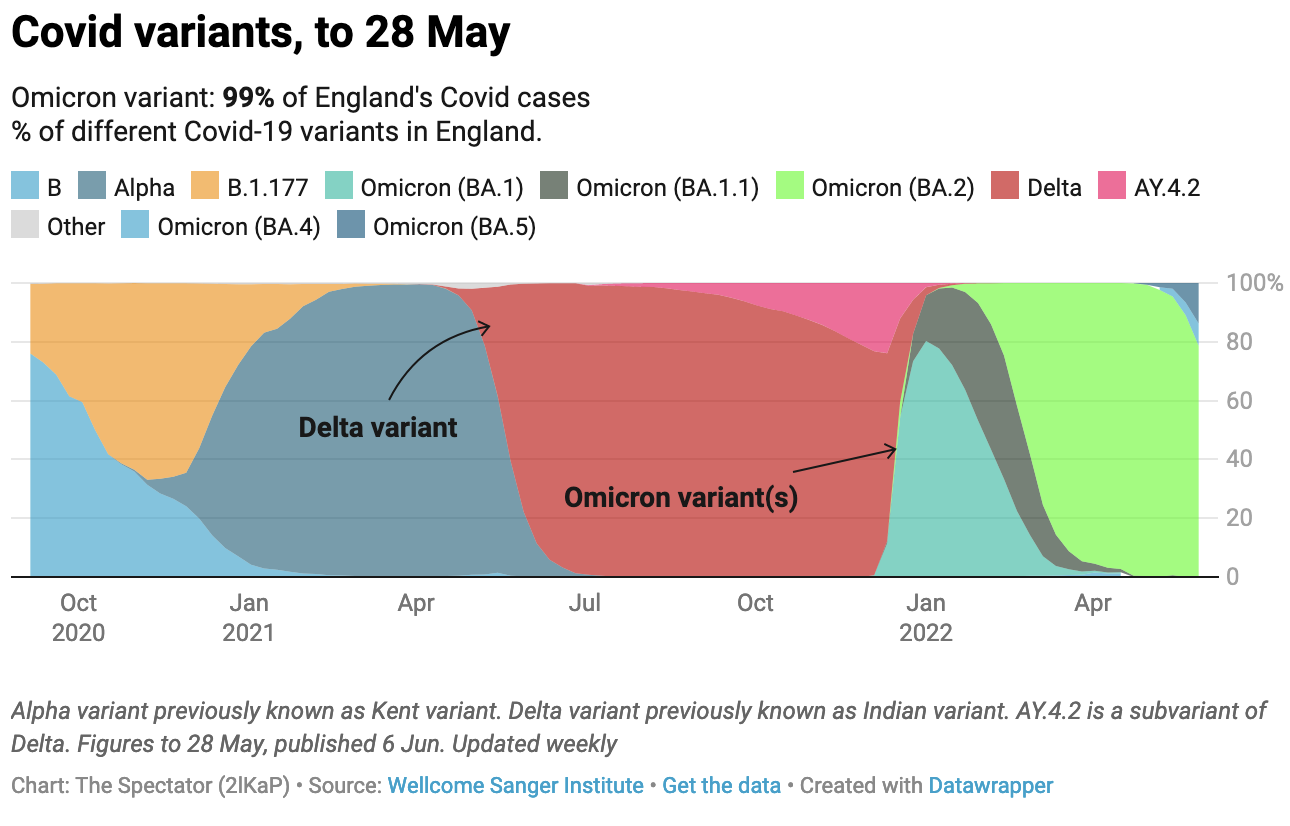
Covid watchers saw this coming for some time. Because these sub-variants are able to evade some of the immunity from vaccines or infections, cases are likely to rise when they become dominant. This is known as the ‘crossover point’. It will take time to see this in the data. But early estimates suggest this crossover probably happened last weekend – hence the rise in cases.
As with Omicron, these variants first emerged in South Africa. We can look there for an idea about what’s going to happen next. And, as with Omicron, it’s reassuring news. Although each Omicron subvariant seems to have spread faster than its predecessor, hospitalisations and deaths have been lower. With each peak, the gap between cases and patients in hospitals has grown wider. Deaths are some 90 per cent lower. The outcomes of the virus are becoming less severe, allowing life in South Africa to continue relatively unrestricted.
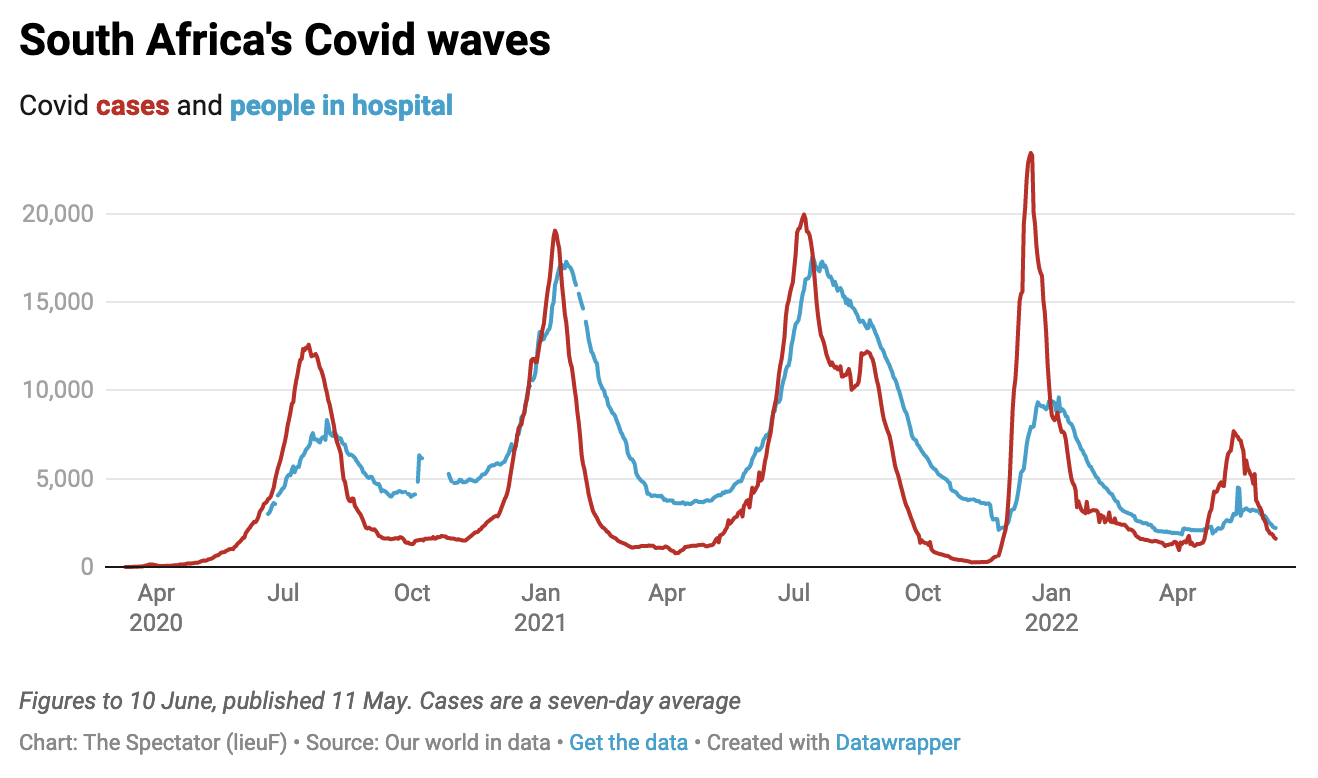
Not even Nicola Sturgeon is considering bringing back Covid restrictions again. There is no need to return to the ‘old days of restrictions and panic’, said Scottish government advisor Professor Linda Bauld. This is especially the case in the absence of evidence that legally-enforced restrictions helped. We know from Google mobility data that people will adjust their behaviour and manage risk themselves if hospitalisations and cases do rise sharply.
But we also know – as Matt Ridley wrote in the magazine early this year – that the variants tend to get milder. Daily deaths within 28 days of a positive test peaked around the same level (300) for the original Omicron and the BA.2 wave. But deaths where Covid was mentioned on the death certificate – a more accurate measure – peaked 20 per cent lower. This suggests a higher proportion of ‘incidental’ Covid deaths. The case-fatality ratio continues to drop too: it is currently below 0.1 per cent. That’s less deadly than flu.
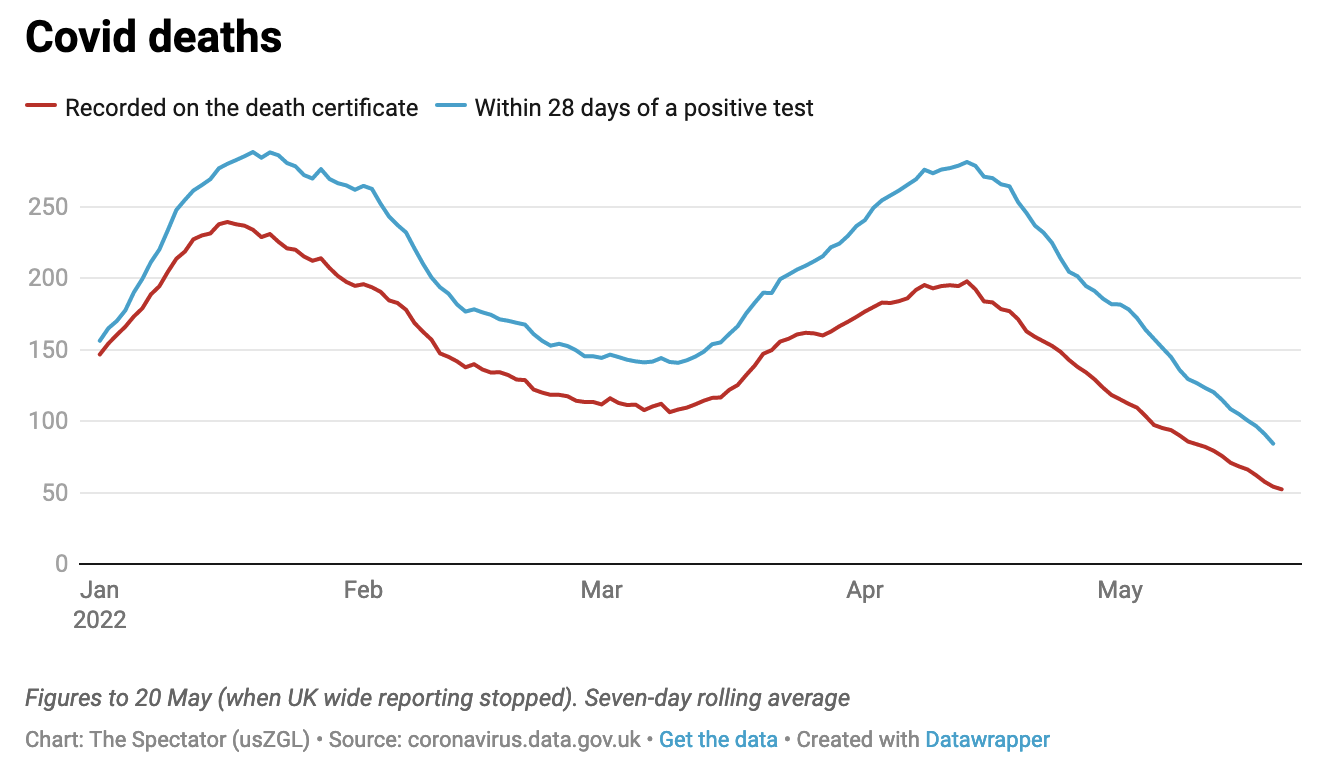
So there is no need to panic – and no evidence of a panic. Testing has fallen off a cliff since the government stopped providing free lateral flow tests. Just over a million tests were carried out in the last week – at Christmas we were doing 11 times that. It shows in the case detection rate: as the below graph illustrates, just 9 per cent of cases were picked up through testing – the lowest level since mass testing began.
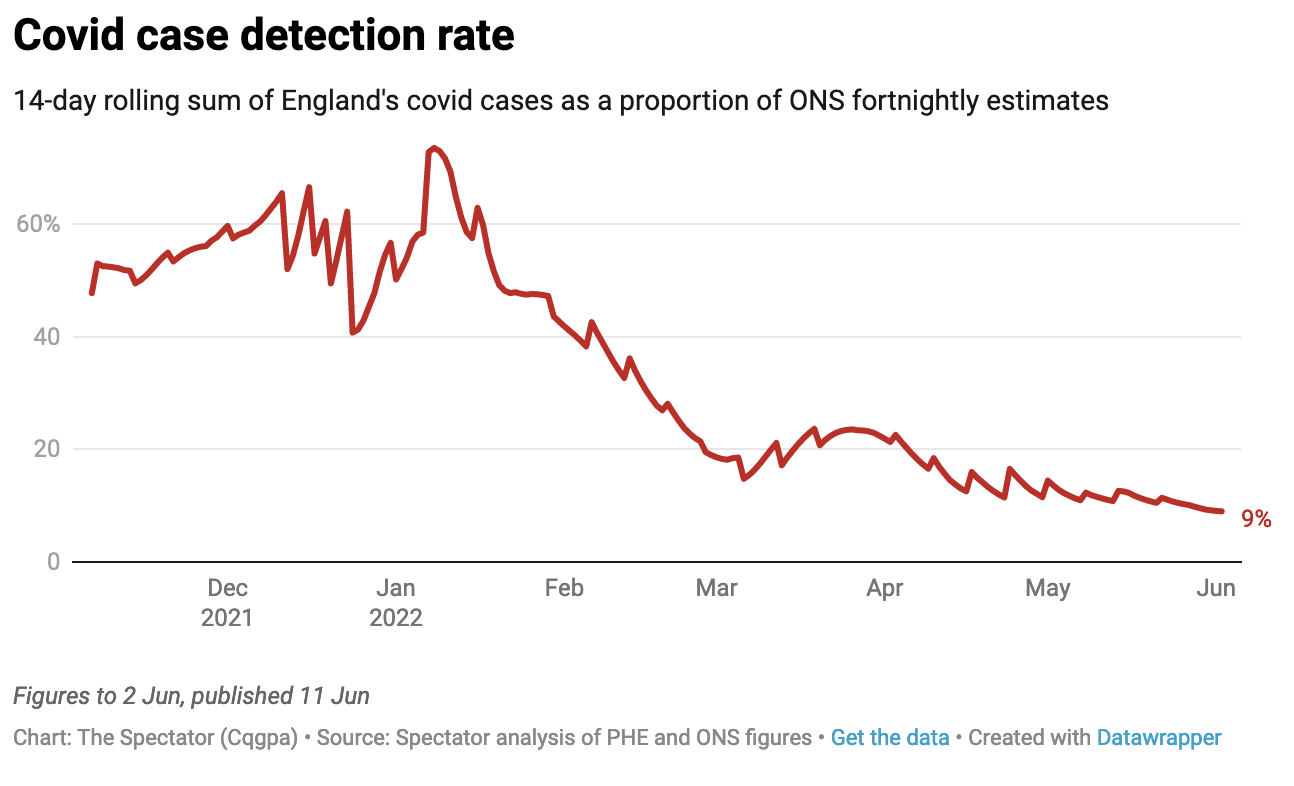
Even if this analysis is wrong, and vaccines wane or a more virulent variant becomes dominant, we have the tools to fight it. On Wednesday Moderna announced a successful early trial of a vaccine targeting Omicron. It produces an eightfold increase in the number of antibodies compared with their original jab. T-cell vaccines are in development too. The cyclical nature of Covid and lockdowns may mean we’re half-braced for a return to the bad old days, but a look beneath the data proves very reassuring.
Got something to add? Join the discussion and comment below.
Get 10 issues for just $10
Subscribe to The Spectator Australia today for the next 10 magazine issues, plus full online access, for just $10.

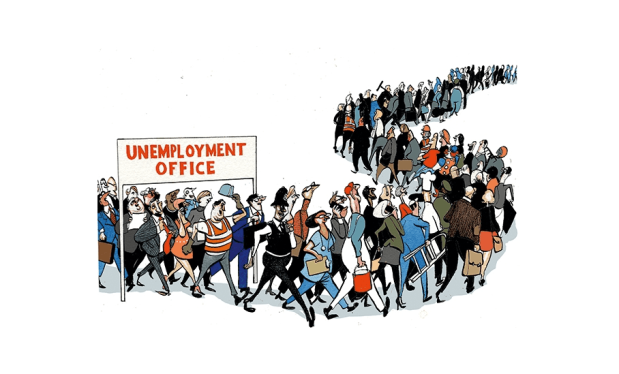

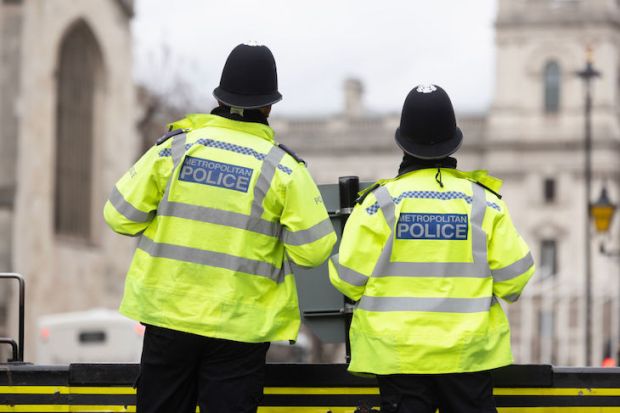















Comments
Don't miss out
Join the conversation with other Spectator Australia readers. Subscribe to leave a comment.
SUBSCRIBEAlready a subscriber? Log in